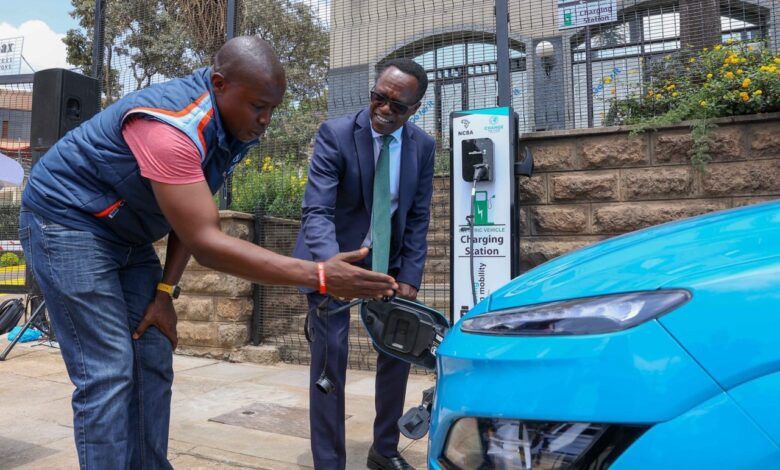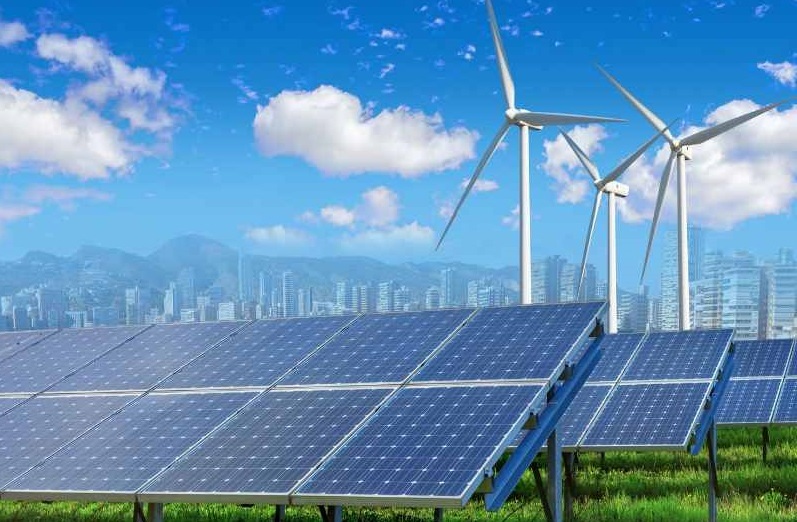Written By: Faith Jemosop
Africa’s developmental and energy discourse is one pressing question: How can Africa secure its energy future? This question formed the central theme at the Nuclear Energy Innovation Summit for Africa, recently held in Kigali, Rwanda. Organized in partnership with the International Atomic Energy Agency (IAEA) and the UN Economic Commission for Africa, the summit attracted global and continental stakeholders eager to explore how nuclear innovation could support Africa’s growing energy demands.
With more than 600 million Africans still living without access to electricity, the continent is facing an urgent energy crisis. As population projections indicate that Africa’s population may triple by the end of the century, the pressure on already strained energy resources will only intensify. Experts at the Kigali summit argued that traditional energy sources alone would not be sufficient to bridge the energy gap, hence the rising interest in nuclear energy.
The Nuclear Energy Gap
Currently, South Africa is the only country on the continent that operates commercial nuclear reactors. Its nuclear sector contributes about 5% to the country’s total electricity supply. While that percentage may seem modest, it demonstrates the untapped potential of nuclear power in Africa. The summit underscored how nuclear energy, particularly for civilian purposes, could be pivotal in solving multiple African challenges at once: demographic pressures, climate resilience, and economic development.
“Nuclear energy in Africa has barely scratched the surface of its potential,” said one of the keynote speakers. “We must build strong international and industrial partnerships, especially with institutions like the IAEA. These partnerships will help establish the foundational legal, regulatory, and safety frameworks necessary for the growth of nuclear industries in Africa.”
Such frameworks are essential, not just for operational safety but also for building public trust and investor confidence. Many African countries are now expressing formal interest in nuclear energy and are taking early steps to build capacity and infrastructure. This includes developing policies, training experts, and setting up preliminary research and regulatory agencies.
The Rise of Small Modular Reactors (SMRs)
A standout topic at the summit was the emerging technology of Small Modular Reactors (SMRs). Unlike traditional nuclear reactors, SMRs are compact, more affordable to construct, and considered to have fewer safety risks. Their modular nature means they can be built in factories and assembled on-site, reducing construction timelines and costs.
SMRs are particularly suited for Africa’s energy landscape. They offer scalable energy production, ideal for regions where demand is growing but infrastructure is limited. These reactors can be deployed in off-grid or semi-urban areas and scaled up as demand increases. More importantly, SMRs emit no greenhouse gases, positioning them as a climate-friendly solution amidst intensifying climate change.
The United States has already signed a deal with Ghana to support the development of SMRs, highlighting growing international interest. Meanwhile, Russia, through its state-backed nuclear giant Rosatom, is actively collaborating with Rwanda in scientific research and nuclear training.
A Growing Field of International Players
Africa’s potential nuclear renaissance is drawing the attention of major global powers. Beyond the U.S. and Russia, other nations are looking to support Africa’s nuclear journey. These collaborations aren’t purely altruistic, they are also strategic. As global powers jostle for influence on the continent, offering nuclear technology and support becomes a tool of soft power and economic diplomacy.
Russia’s Rosatom is helping Rwanda build scientific capacity and educate engineers and technicians. The United States’ agreement with Ghana represents a Western counterbalance and emphasizes transparency and safety. China, France, and South Korea have also expressed interest in supporting nuclear development across the continent.
However, experts at the summit cautioned that Africa must craft its own nuclear roadmap, one that aligns with local realities, socio-economic needs, and climate goals. International partnerships should not compromise national sovereignty or public safety.
While the promise of nuclear energy is appealing, Africa still faces several hurdles before its potential can be realized.
- Regulatory Readiness:
Many countries lack comprehensive legal and regulatory frameworks to govern nuclear energy development. Establishing safety standards, liability policies, and emergency response protocols is a long and technical process requiring time and international support. - Skilled Workforce:
Nuclear energy is a highly specialized field. Most African countries lack trained nuclear engineers, safety inspectors, and maintenance personnel. Capacity-building initiatives are critical to avoid long-term dependency on foreign operators. - Public Perception:
There is lingering public scepticism around nuclear energy, often linked to safety concerns or high-profile disasters like Chernobyl or Fukushima. Raising public awareness and education will be essential to dispel myths and build support. - Infrastructure Limitations:
Even small modular reactors require reliable water sources, cooling systems, and stable grids. In rural and remote areas, where energy needs are greatest, these systems are often inadequate or non-existent.
Also read: Jebba Hydropower Plant Fully Operational After 15 Years A New Dawn for Northern Nigeria’s Energy Supply
The Kigali summit made one thing clear: Africa stands at a critical crossroads in determining its energy future. Fossil fuels are increasingly expensive, environmentally damaging, and limited in supply. Renewable energy like solar and wind is promising, but intermittency and storage challenges remain. Nuclear energy, particularly through innovative solutions like SMRs, offers a viable middle path, clean, reliable, and scalable.
For Africa to move forward, coordinated action is essential. Governments must take the lead in creating policies and institutions that foster nuclear development. International agencies like the IAEA can provide technical support and regulatory guidance. Universities and training institutes must step up to cultivate the next generation of nuclear scientists and engineers.
Most importantly, African citizens must be included in these conversations. Without public trust and participation, even the most technically sound nuclear program will face resistance.















